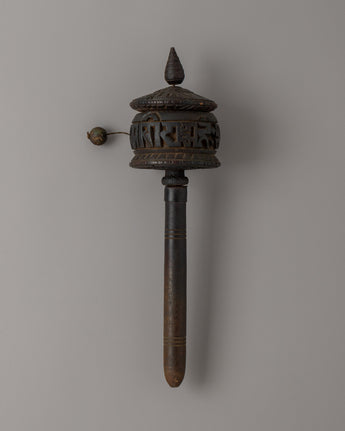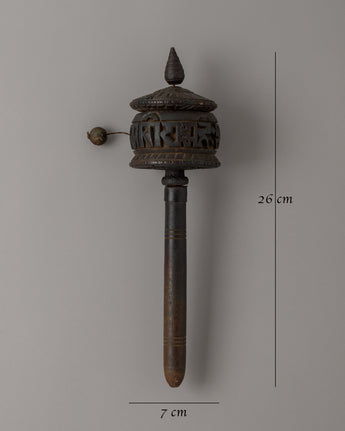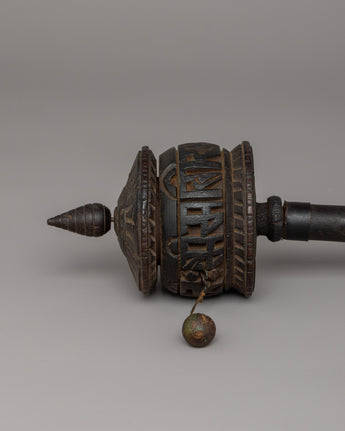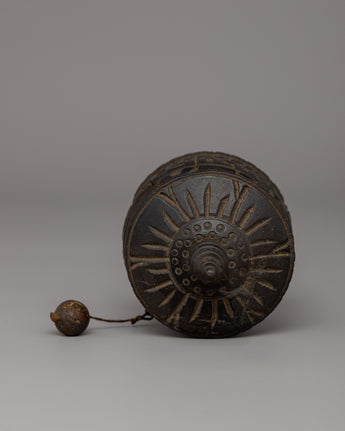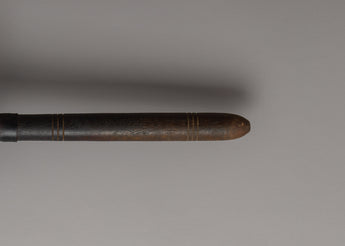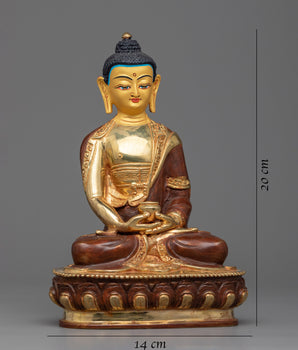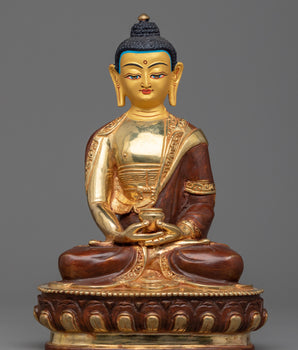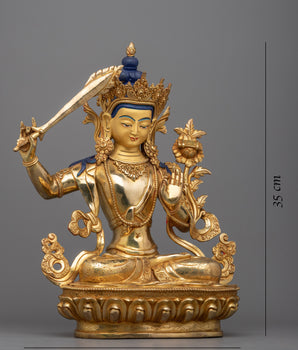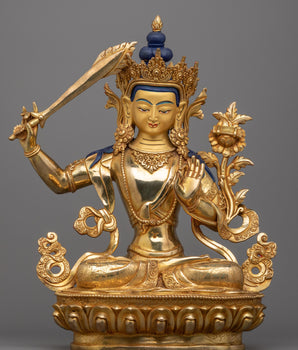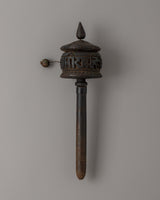
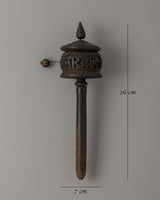
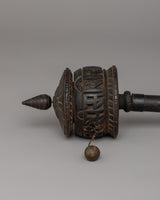
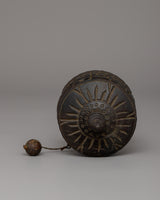
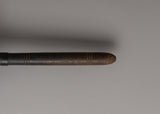
Prayer Wheel Crafted from Wood | A Handcrafted Tibetan Buddhist Mani Wheel

100% AUTHENTIC

HANDMADE

FREE SHIPPING
26cm Spinning Buddhist Prayer Wheel for Meditation and Rituals
--------------------------------------------------------
Size: 26 cm(Height) x 7 cm(Width)
Weight: 0.11 kg
Materials: Wood
--------------------------------------------------------
About our Prayer Wheel
The Prayer Wheel crafted from wood depicted in the image is a traditional Buddhist spiritual object made of wood and measures 26 cm tall and 7 cm wide. It weighs only 0.112 kg and is designed for easy use during prayers and rituals. The prayer wheel is essential for Tibetan Buddhists, propagating blessings and mantras with each turn.
The wood material lends a natural, earthy quality to the prayer wheel, contributing to its traditional appearance. The intricate design of the wheel's body most likely incorporates sacred symbols or scripts, heightening its spiritual significance. The shape and design are intended to reflect Buddhism's deep meditative practices, providing a simple yet profound connection to the divine.
This prayer wheel can be used for personal meditation, displayed on an altar, or carried around during spiritual practices. The wooden craftsmanship ensures that it is both long-lasting and functional, making it an ideal tool for anyone looking to incorporate ritual practices into their daily lives or to deepen their connection to Buddhist spirituality.
Introduction to Prayer Wheel
A prayer wheel is cylindrical on a spindle used in Tibetan Buddhism. It is typically inscribed with the mantra "Om Mani Padme Hum" and rotated by hand as a form of spiritual practice and to accumulate merit. Spinning the wheel is believed to have the same spiritual benefits as verbally reciting the mantra. The use of prayer wheels is widespread in Tibetan Buddhism and has spread to other cultures.
How does the Buddhist Prayer Wheel benefit us?
The benefits associated with rotating the wheel are numerous. It promotes knowledge, compassion, and bodhicitta in the practitioner and improves siddhis (spiritual powers such as clairvoyance, precognition, etc.). The practitioner can repeat the mantra as often as possible while the wheel is rolling, maintaining a calm, meditative attitude. A Tibetan Buddhist tradition holds that after a practice session, one should dedicate any acquired merits to the benefit of all sentient beings. Then three times Om Ah Hum. This is usually among Tibetans after finishing any Buddhist practice, including the prayer wheel exercise.
Why choose Evamratna?
To give your space a peaceful, powerful, and attractive feel, we are introducing Buddhism-inspired home décor items to enliven your space with zen vibes, in the form of decoration, an art form, or inspiration.


